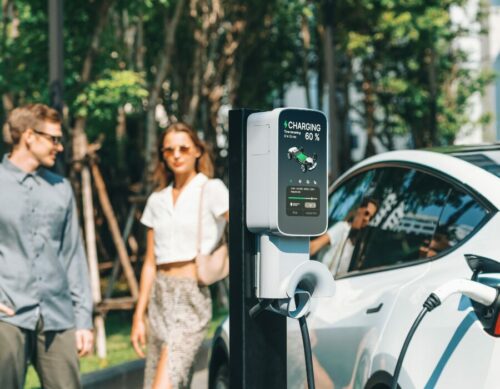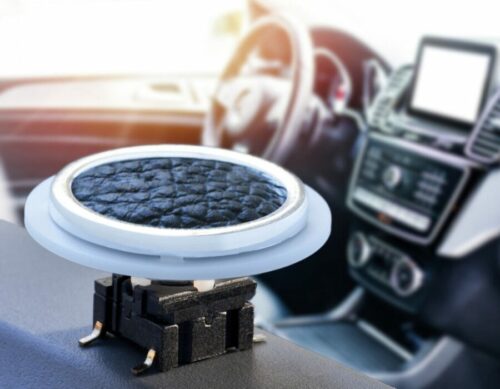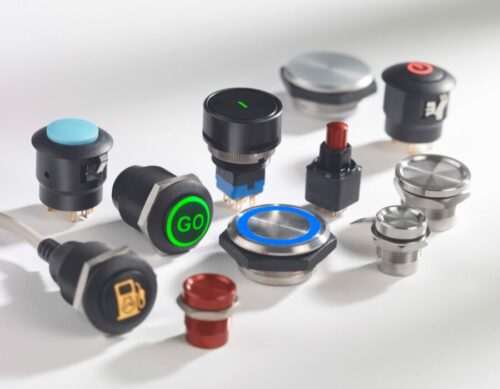Designing Controls for the User – Part 2: Aesthetics
Date: 06/02/2024
Using controls is not just about the function of the device, it also is about the look. The physical appearance of a device plays an important role in how users interact with it. The design of a device should provide a pleasant experience for the user but should also provide clarity regarding that device’s function. A well-designed control system should provide the user with confidence about how the device should be operated.
The importance of aesthetics in HMIs
Aesthetics in human-machine interfaces is not merely about creating visually appealing designs; it’s about fostering a deeper connection between the user and the technology. In e-transportation, where interaction with devices like electric vehicles, scooters, and automated transportation systems is becoming more frequent, the visual and tactile aspects of controls play a crucial role in user satisfaction.
Designing with the user in mind
User-centric design is at the heart of APEM’s HMI development. Controls with clear battery level indications, start-and-stop functions, and comprehensive control panels must not only be easy to use but also visually harmonious. This approach ensures that the controls are not just functional tools but also elements that enhance the overall aesthetic of the user’s environment.

Balancing functionality and style
Achieving a balance between functionality and style is the key to successful HMI design in e-transportation. Our designers are tasked with creating interfaces that are intuitive and easy to navigate, while also being visually appealing. This includes the use of colors, shapes, and materials that resonate with the user, making the interaction with the device more enjoyable and less intimidating.
APEM develops innovative examples in e-transportation
In the world of electric vehicles, we need to provide dashboards that are not only informative but styled with sleek, modern aesthetics. Similarly, in public transportation systems, user interfaces are being redesigned to be more engaging and visually pleasing, enhancing the overall travel experience without compromising on robustness and safety.

With APEM, the future of mobility is not just smart, it’s also beautiful
As we move towards a more interconnected and technologically advanced world, the aesthetic aspect of human-machine interfaces in e-transportation becomes increasingly significant. By focusing on user-centric designs that marry functionality with beauty, APEM paves the way for a future where technology not only serves your needs but also delights your senses.

Look at these aesthetic products:
Sign up to receive our newsletter, emails about special offers, updates and new releases.
Get the help and resources you need quickly with APEM
If you have questions or suggestions, we’re here to listen.
Our sales and support set the standard for helping you.
All the technical documentation you need to make things work...